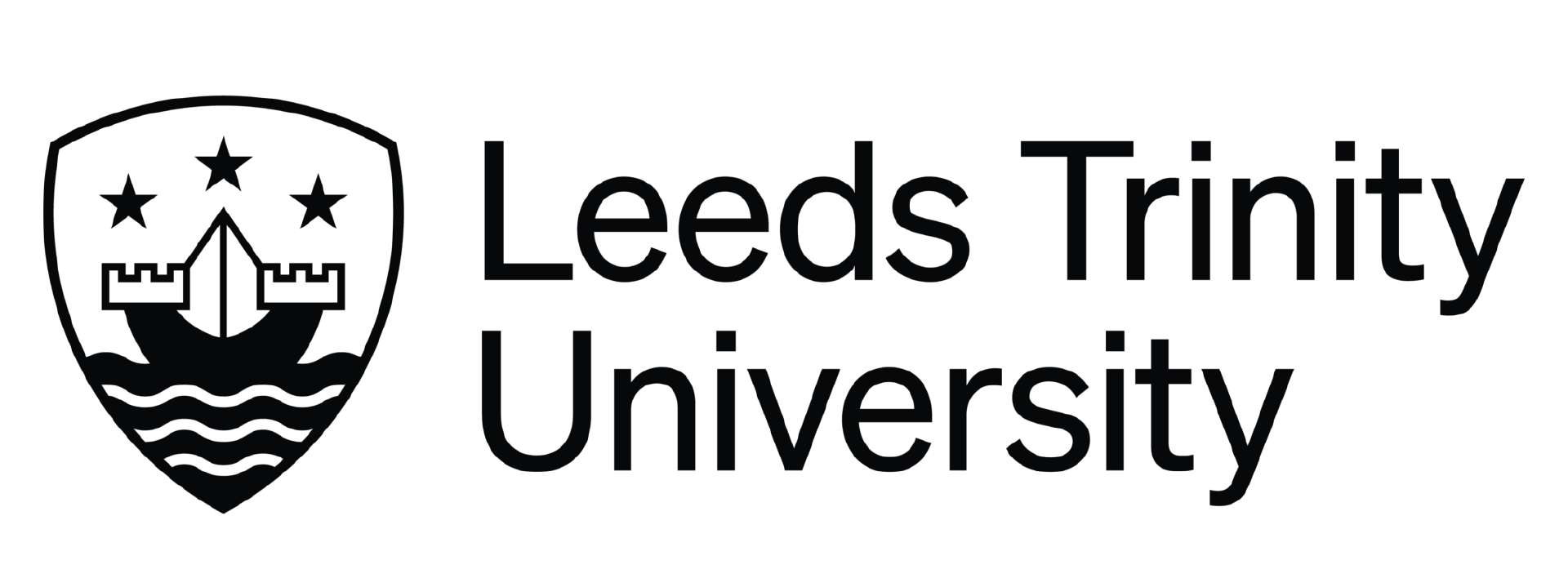Dr Peter O’Brien, YU Executive Director
Introduction
The government has pledged to ‘level up’ the country. It has also specifically committed to produce a ‘place strategy’. Work was underway on both fronts, but this has understandably slowed as the government has focused all its efforts on addressing the Coronavirus pandemic.
However, place will matter more than ever as we emerge out of the crisis. Future planning and delivery of local and regional development will need to involve a wider range of local agencies, actors and institutions. [1] Universities, as key anchor institutions, will be expected to feature at the heart of local recovery plans and efforts.
Economic Performance of Place Before Coronavirus Pandemic
Successive governments have made repeated attempts to reduce regional economic disparities, but little substantial progress has been made. Spatial inequalities within and across the UK are some of the widest in the OECD. Levels of productivity in many local places within England are often similar or worse than those found in Central and Eastern Europe. Data suggests that levels of productivity in many places in England continued to worsen before the pandemic. Nor is the problem any longer simply a case of relative economic disparities in productivity. Authoritative studies have illustrated how many local economies in the North, Midlands, and the South West are ‘decoupling, dislocating and disconnecting’ from those in London and the South East. [2]
Many local places lack sufficient resilience as they are heavily dependent on a limited number of sectors or a small number of large firms. Universities in some places are not only the most significant economic actors but are the only significant actor.
The places said to have been ‘left behind’ have now become a mainstream political issue, which can no longer be ignored by governments, societies or public policy. As Professor Andres Rodriquez-Pose illustrates in his research on ‘the revenge of places that don’t matter’ [3] these disparities are having clear political impacts, at least in part driving the growth of populism and nationalism. The intention of the UK government to ‘level up’ the country and develop a ‘place strategy’ confirms that the economic disparities between places was a live political and policy issue even before the pandemic crisis.
Universities, Teaching and Place Before Coronavirus
Universities are spread relatively evenly across the country. There are few places where a higher education institute is not readily accessible within a reasonable daily commute by public transport. Exceptions include larger, rural counties and some coastal areas where rates of participation in higher education can often be lower than average, for example, parts of Somerset and much of Cornwall.
The growth in overall student numbers over the last decade or so more has been both impressive and a story of success. Numbers have continued to rise to unprecedented levels despite recent negative demographic pressures. Numbers could rise further in the short term due to an expected and significant upturn in overall numbers of young people. Further success in attracting ever growing numbers of international students has provided real economic stimulus locally. Both home and international students have proven to be important actors in local economies.
Place is an important factor shaping the teaching of higher education. Whilst progress has been made in widening participation, and all universities have received government approval for their plans to widen further, statistics reveal that where a prospective student lives (especially if it is a deprived community), determines access, especially to the most selective universities. Any contraction in the number of places following the crisis could easily have a negative impact on the most disadvantaged students and on the places in which they live.
The current health crisis, though, has exposed to wider audiences genuine structural weaknesses. Tuition fee income from international students has been used to subsidise ‘loss-making’ but important activities elsewhere within universities, particularly research, and the teaching of some higher cost degree programmes.
Research and Place Before Coronavirus
Overall levels of investment in R&D by the private sector in the UK before the crisis were low compared to international competitors and had been so for decades. That is why the Industrial Strategy rightly set a target of 2.4% of UK GDP to be spent on R&D, with much of this increase being provided by the private sector – even if the target was perhaps more ambitious than deliverable in practice.
But this overall analysis hides important spatial differences. Progress towards the national target differs widely across the country. There are a small number of local places which have already reached or surpassed that target. A handful have reached 6% of local GDP. It is difficult to make a case for increased public investment in those places. Most places have reached 1.0%-1.5% of GDP and have been at that level for a number of years. There are also some places where performance is consistently and currently even lower. It is very difficult to envisage that the national target can be met unless many of these types of place can significantly improve levels of both public and private investment in research. The role that public investment can play in ‘crowding in’ private research and innovation, and connecting this directly to local and regional development, is important. As the former Universities Minister, Chris Skidmore, said recently, additional research funding for universities can generate “a hand-up for local regions and their economies.” [4]
The current allocation of most funding for research and innovation is predicated on the basis of ‘excellence wherever it (already) exists’ i.e. it is deliberately and explicitly spatially blind in nature. [5] Some proponents claim that such ‘excellence’ is broadly and evenly spread around the country. And it is correct that there are some very strong research institutions located in otherwise economically weak regions – examples are Exeter, Durham and Sheffield. But many other places with relatively poor economies perceive that they have no immediate access to research, or at least, to the types of research which would be designed to specifically target and benefit the immediate, local economy of that place. These include many large rural areas, namely Northumberland, Cumbria, much of Lincolnshire, much of Cornwall, Somerset, Shropshire, and parts of Lancashire, Tees Valley and the Black Country. It also includes, important politically, many post-industrial towns in the North located away from the main cities; and fishing and farming communities.
Coronavirus and Economic Recovery
It is too soon to have any real degree of confidence in predicting the scale and longevity of the national economic crisis. The government is hopeful that demand will return quickly and that there will be a ‘V’ shaped recovery; it is mindful, however, that some authoritative sources are already suggesting the recession will be deep and long.
Important research studies [6] have confirmed consistent patterns identified in past recessions over the decades. Unsurprisingly, the evidence shows that it is the relatively poorer places that are hit hardest by shocks and which take the longest to recover. There is no reason not to believe that this will be repeated as a consequence of the current crisis.
After the Pandemic: Universities, Students and Place
Past performance suggests that demand for places from new home students is likely to stay strong for next academic year, but this assumes that universities are able to open up as normal in September. [7] This could provide much needed stability for both institutions and local places if universities adhere to a new form of ‘fair’ admissions practices. We are now likely to enter a period of higher unemployment. History shows that demand for higher education, especially at post graduate level, is higher when there are relatively few jobs available in the labour market. Increasing investment in training more people to work in the foundational sectors of the economy, such as health and social care, presents a new opportunity for some universities in particular localities to attract new students and to strengthen their societal impact.
The future market for international students and the income from their unregulated tuition fees is more uncertain and it is the numbers of these students, which present the higher levels of financial risk. Publicly available data suggests that exposure to this risk is uneven, and that some of the most research-intensive universities are particularly exposed. This has implications for both institutions and the sector as a whole, but also for national and local recovery.
The financial implications, both for individual universities, and the places in which they are based, are significant if, as expected, numbers of students, especially international students, drop noticeably.
After the Pandemic: Universities, Research and Place
Recent proposals prepared by UUK and submitted to government have sought a doubling from next academic year of what is known as ‘QR’ funding for research. This would provide ‘gap funding’ to maintain important academic research, including the discovery of knowledge linked to societal challenges. QR is a flexible fund distributed by formula to individual universities based upon the volume and value of quality research previously undertaken and assessed in planned national assessment exercises. The formula does not currently consider place as a factor.
The proposals for QR are of real importance for research intensive universities, but other parts of the sector will perhaps derive limited financial benefit if the same mathematical formula is used to distribute extra resources, mostly institutions in London and the Greater South East. Put simply, a doubling of QR, whilst significant, will not on its own sustain many institutions at wider risk.
Other major sources of public funding for research and innovation include the Research Councils and Innovate UK. These bodies issue open calls for funding with no spatial targeting. Funding is provided to what are judged the strongest proposals regardless of location.
However, most funding for research and innovation (nationally) is provided by the private sector and will need to expand in order to meet the 2.4% target. Expenditure by the private sector on R&D (Business Expenditure on R&D (BERD)) in recent years has been provided by large firms in a handful of economic sectors. Research has been driven largely by aerospace, automotive, oil/gas/energy and pharmaceutical industries. Three of these four sectors are facing severe challenges caused directly by the pandemic. These sectors are not evenly spaced around the country.
Universities and Economic Recovery of Place
There are clear and obvious risks that an individual university, however well-intentioned before the crisis, may – because of acute financial pressure – be forced to retreat from playing a wider contribution to its local economy. Many of these institutions are important anchors in their local cities and towns, supporting community activity in different ways and working on an applied level with many smaller businesses. The reliance in some places on a handful of firms or sectors means that, should these close or contract heavily, central government may need to intervene, providing new financial incentives to sustain engagement by local universities facing financial difficulties.
UUK has also proposed a new ‘transition fund’ to be provided by central government. The new fund would be invested over the next two to three years to ‘reshape and consolidate through federations and partnerships or potentially merge with other higher education institutions, further education colleges or private providers’.[8] Such a process will have obvious spatial implications.
No further details have yet been provided on how this process of rationalisation could be managed. The identification of specific geographies used to frame these processes of rationalisation will be needed but may be complex. In some cases, the choice of geography may be straightforward, for example, a defined city-region where an elected mayor is already in place. In other cases, traditional ‘regions’, where there remains a strong attachment to that identity, may be more appropriate, especially where this provides a more comprehensive and complementary range of providers of higher education and other forms of delivery of skills development. Individual universities in sparsely populated areas, or smaller, specialist providers based in cities, may also want to be considered as part of larger geographies. Many LEP areas are small in size and have few centres of education and skills development, so may want to aggregate together.
A critical success factor will be that the geography identified has bottom-up, local support, and that there exists a consensus across that geographical area on the collective purpose, role and important relationships between individual institutions, especially between higher education and further education, and on what new flexibilities and resources from government are needed. Such a consensus can frame the important question of the basis on which decisions for rationalisation should be taken. Is it the needs of students, the sustainability and relationships between institutions, or are changes also needed to strengthen support for the economic recovery of local places?
The overall ability of universities to maintain current levels of performance in supporting local places is as much determined by levels of demand from local businesses and partners, as it is their absorptive capacity for research and innovation. Engagement also benefits from effective networks and collaborative leadership across different institutions in particular localities or regions. Any new financial incentives should target these external factors as well as internal capacities and cultures. But internal non-financial incentives are equally important, such as allocated work time, status, and promotion criteria.
The potential scale and urgency of the crisis – and the question of what next? – means that central government departments and their agencies will need to consider potentially radical changes to how they operate and how they are structured to support these efforts at the local level. Central agencies could open up regional offices to help build the sophisticated local knowledge that is needed but sometimes lacking, and/or senior leaders of national bodies can be usefully co-located with local partnerships and institutions. The proposal of HM Treasury to establish an ‘economic campus’ in the North demonstrates foresight and leadership that should be replicated by other departments. As a minimal approach, substantial and sustained funding should be provided to local and regional institutions and partnerships to help them understand and make clear and well-informed proposals equally to both local leaders and to central government departments. The funding provided by Research England and others to the West Midlands Regional Economic Development Institute is a good example that could and should be replicated in other parts of the country. Furthermore, turning back to the role of local institutions, such as metro mayors, LEPs and local authorities, there is an opportunity for the higher education sector to harness the additional support being asked of government from universities alongside broader efforts that are needed to prepare and deliver local recovery plans (or other similar arrangements) that will be needed to rebuild local economies and communities.
Summary
The importance of place mattered politically before the pandemic and it matters even more as the scale of the health and economic crisis has unfolded. It will require a significant mobilisation of planning at both national and local levels to map a realistic and successful way out of the challenges we face. It will require deep and sophisticated understanding of what is happening in other economic sectors and across all parts of the country. But any effort which leads to sustained or even further widening of disparities will constitute failure, as that can only perpetuate long standing problems of low productivity and increasing social tension. Many different agencies and institutions at both national and local levels will need to engage fully in the collective effort. Universities, as key actors in their own right, driving research, innovation, talent, knowledge and community/public engagement, will by necessity have to be at the heart of local recovery plans. A new ‘place strategy’ has never been more needed, but right now time is of the essence. It is of critical importance that we understand and learn from what is happening around the country, to fundamentally recalibrate the underlying premise of public policy as it impacts upon different places, to put in situ a new and sustainable operating model for universities, and importantly to consider again not just ‘what’ universities do and ‘how’ well do they do it? nor indeed ‘who’ are universities for?’ but, also, crucially at this current time, ’where’ are they for?
Dr Peter O’Brien
Executive Director
Download this document as a .pdf
[1] See article in Evening Standard by Lord Heseltine (27.04.2020) – ‘Let’s rebuild by harnessing this new community spirit’
[2] E.g. McCann, Philip (2016). The UK Regional-National Economic Problem: Geography, Globalisation and Governance. Routledge.
[3] See blog on VOX CEPR Policy Portal by Andrés Rodríguez-Pose (06.02.2018) – ‘The revenge of the places that don’t matter’
[4] See blog in Research Professional News by Chris Skidmore (05.05.2020) – ‘Quality time’
[5] See N8 and YU (2019) joint response to David Sweeney
[6] Martin, R., Sunley, P., Gardiner, B. and Tyler, P., 2016. How Regions React to Recessions: Resilience and the Role of Economic Structure. Regional Studies, v. 50, p.561-585
[7] It is to be hoped that such a timetable is deliverable but actions which bring together thousands of people from many different places into confined places are unlikely to feature highly in a planned, sequential and incremental process to release the lockdown.
[8] UUK (10 April 2020). Achieving stability in the higher education sector following COVID-19 – this proposal was reiterated to the Chair of the Education Committee, the Rt Hon Robert Halfon MP in a letter sent on 28 April from UUK Chief Executive Alistair Jarvis.












